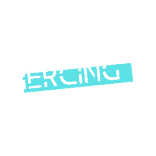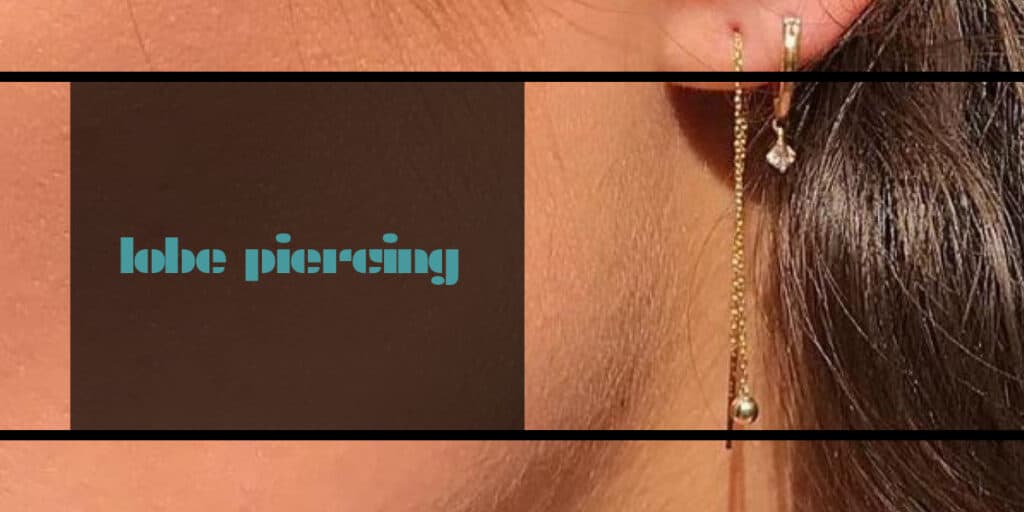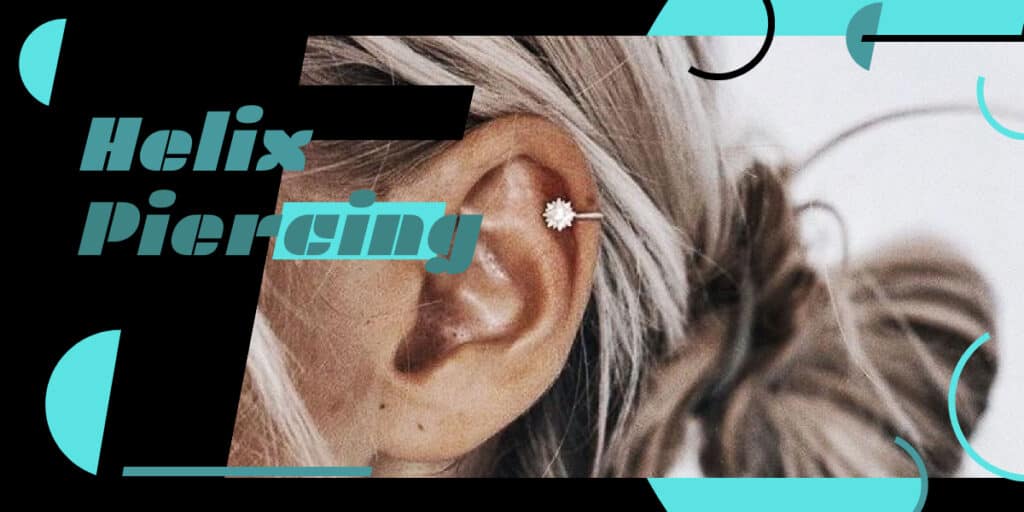The Complete Guide to Labret Piercings: Everything You Need to Know
What are labret piercings?
A labret piercing is a small, decorative mouth piercing on the lower lip. They’re popular because they look good and can be matched with any outfit.
Labrets are usually made of metal, but they can also be made of other materials like plastic or glass.
They’re often pierced through the skin just below the surface of the lips, but they can also be pierced through the lip itself.
There are many different types of labrets to choose from, and you can find them in all styles and colors.
You don’t need any medical qualifications to get a labret piercing – anyone can do it!
What are the benefits of labret piercings?
The benefits of labret piercings include the aesthetic value they add to your appearance, the fact that they’re comfortable to wear, and their ability to improve your smile.
Labret piercings are a popular type of piercing that can add aesthetic value and comfort to your appearance. They also help improve your smile by creating a symmetrical look. Finally, labret piercings are an easy way to get pierced and are often considered safe procedures.
What are the risks associated with labret piercings?
There are a few risks associated with labret piercings. The most common risk is infection, which can occur when the piercing is done improperly or if the jewelry becomes infected. Other risks include allergic reactions to metals in the jewelry, problems during surgery, and scarring.
Labret piercings are a popular type of pierced earring, and they come with a few risks that should be considered before getting them done. The most common risk is infection- this can happen when the piercing is done improperly or if the jewelry becomes infected. Other risks include allergic reactions to metals in the jewelry (this can cause anaphylactic shock), problems during surgery (the holes may not heal properly), and scarring (the skin around your labret may be permanently stretched). It’s important to discuss these risks with your doctor before making any decisions about getting a labret pierced.
How can I reduce the risks of labret piercings?
There are a few things you can do to reduce the risks of getting a labret piercing:
-Choose a reputable piercer. Make sure the person doing your piercing is experienced and qualified.
-Be prepared for the procedure. Bring along plenty of water, snacks, and sunscreen.
-Ask questions before getting pierced. Ask about any potential risks and what to do if something goes wrong.
-Wear appropriate clothing when having your piercing done. Avoid clothes that may irritate or rub against your skin.
How do I care for my labret piercing?
Caring for your labret piercing will help it look its best and keep it healthy. Follow these tips to keep your labret piercing looking beautiful:
Clean the area around the piercing every day with soap and water.
Avoid touching or rubbing the area, as this can cause irritation.
Wash your hands after you’ve cleaned the area.
Apply a topical cream or ointment to relieve pain and inflammation.
If you experience any problems, see a doctor immediately.
What are the different types of labret piercings?
There are three types of labret piercings: traditional, half-traditional, and contemporary.
Traditional labret piercings involve making a full loop around the lower lip. Half-traditional piercings involve making a partial loop around the lower lip. Contemporary labret piercings are a mix of traditional and half-traditional piercings.
Each type of piercing has its own benefits and drawbacks.
You should decide which type of labret piercing is right for you based on your lifestyle and preferences.
How do I choose the right type of labret piercing for me?
There are many different types of labret piercings, and it can be hard to decide which one is right for you.
You need to choose the type of labret piercing that suits your lifestyle and interests.
The different types of labret piercings include: vertical, horizontal, daith (double), tragus (tragus ring), cartilage, conchonius (keyhole), and more.
Each type has its own benefits and drawbacks.
You should also consider your facial features when choosing a labret piercing.
You should also think about what kind of jewelry you want to wear with the piercing.
Some people prefer simple designs while others like intricate ones. You’ll have to decide what’s best for you.
What are the different types of labret jewelry?
There are a variety of different types of labret jewelry, including simple studs, dangles, and hoops.
Some people prefer to wear simple studs or dangles while others enjoy wearing more elaborate pieces with multiple rings or delicate chains.
The type of labret jewelry you choose depends on your style and preferences.
How can I change my labret piercing?
If you want to change your labret piercing, you can do so by removing the old one and replacing it with a new one. You can also remove the existing piercings and replace them with new ones. There are a few different types of labret piercings, so it’s important that you choose the right type for your needs.
There are a few different types of labrets, each with its own benefits and drawbacks. If you’re not sure which type of piercing is best for you, talk to an experienced piercer about what options are available to you.
You can replace your current labret using any of the following methods: ring-style piercing (with or without posts), barbell piercing (inverted or horizontal), or captive bead ring piercing (CBR).
The most popular type of Labret Piercing is the Ring style Piercing where two rings are placed through both lips from outside in towards each other then tightened together by a jeweller . It has many variations such as Inverted Barbells which have one long barbell inserted through both lips at an angle instead of two small rings; CBRs being short term tattoos made from titanium beads that sit on top of skin cells; Vertical Barbells which are two long vertical bars that go through the lips from front to back and are then tightened together.



